Memories From Rosstown: An Enclave of Black History in Fauquier County
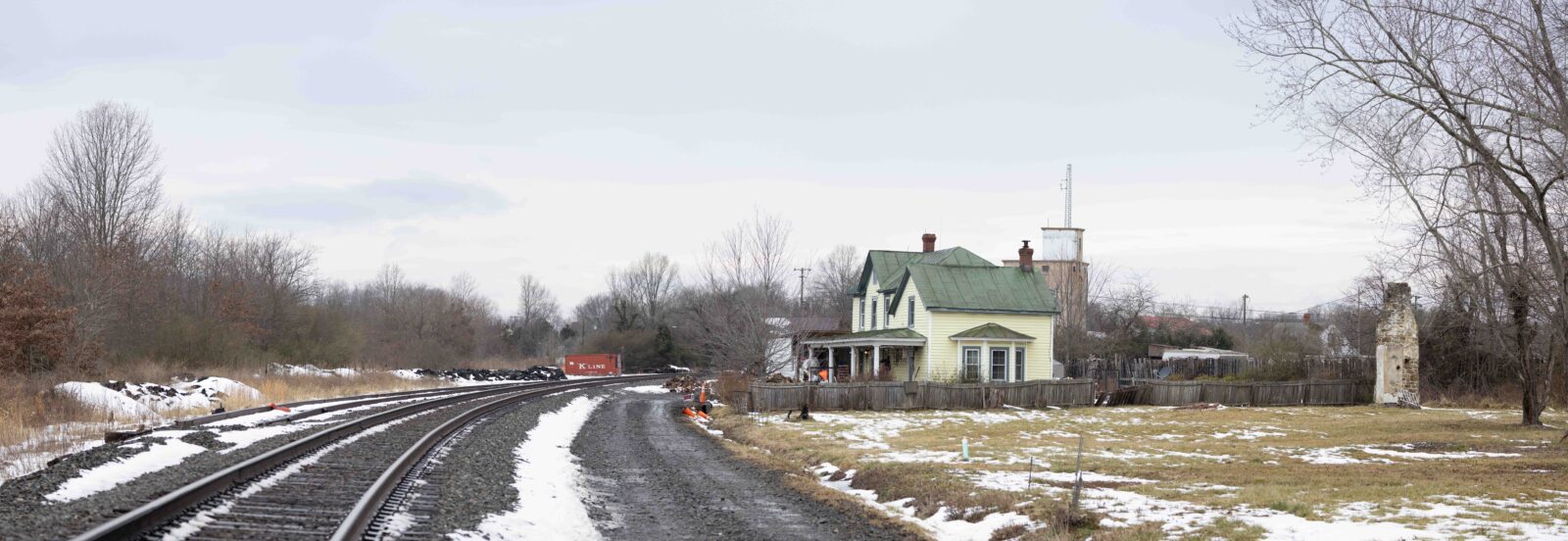
Written by Heidi Baumstark | Photos by Callie Broaddus
A handful of butter-yellow houses cluster along a gravel lane in northwestern Fauquier County. The small hamlet is called Rosstown, an African American community established after the Civil War and located east of Marshall, between the railroad tracks and the Marshall Cemetery. These homes have stories, and 90-year-old Helen Hall and her daughter Valerie, who live on Rosstown Road, are still telling them.
Like other small villages across Fauquier County, Rosstown reflects the perseverance and determination to overcome adversity during Reconstruction, segregation, and into the present day. Despite economic hardship and racism, Black residents created thriving and enduring communities with places of worship, schools, homes, businesses, and farms. Dwellings in Rosstown date from the 19th to the mid-20th centuries, and the village is included in the 99-acre Marshall Historic District listed on the National Park Service’s National Register of Historic Places.
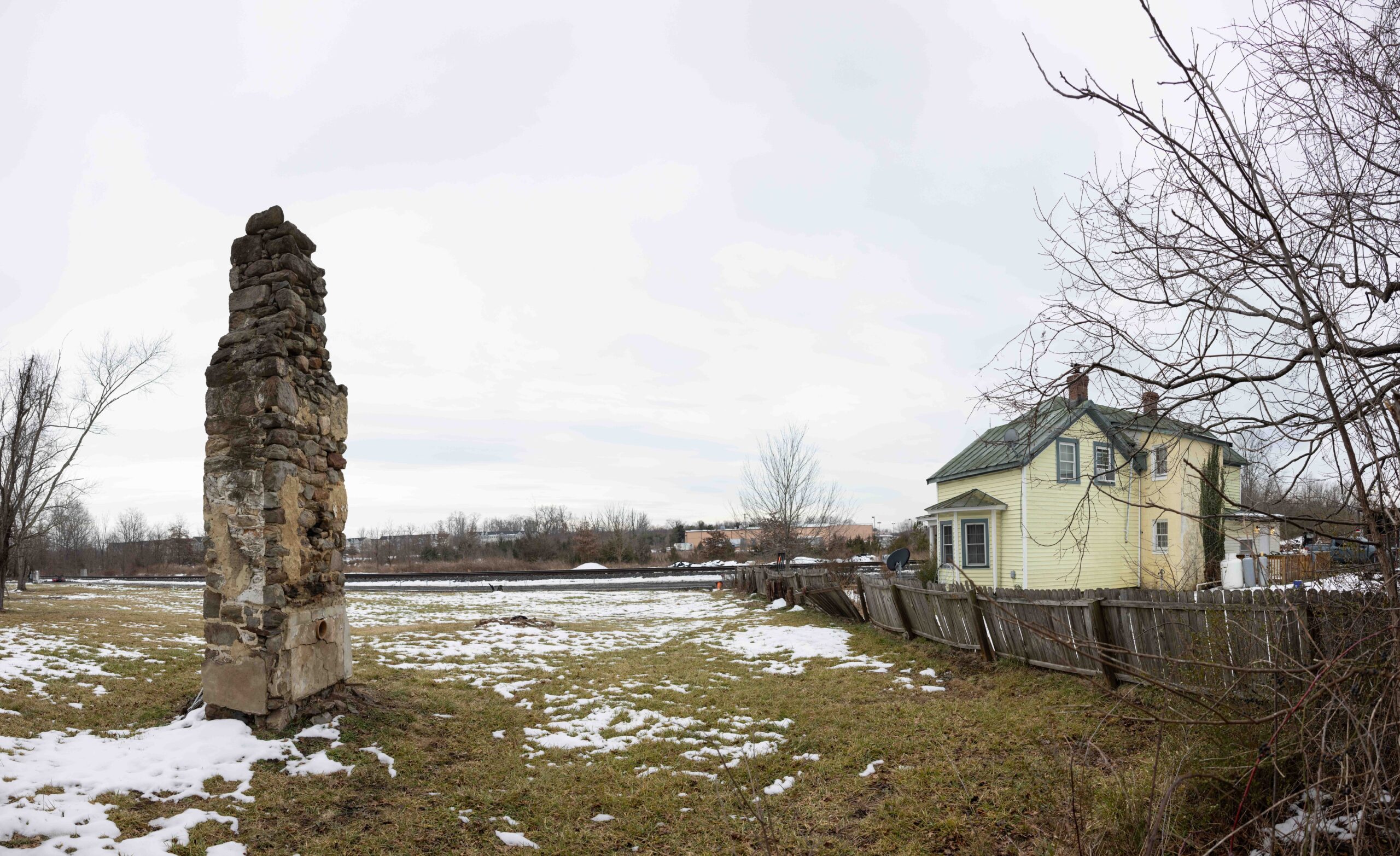
Rosstown’s Origins
According to a 2021 survey from the Virginia Department of Historic Resources, a bill of sale dated January 1, 1870, was written for land purchased by Robert Ross: “a parcel in Fauquier County near the town of Salem.” Established in 1796, Salem was renamed Marshall in 1881. It “had the honor of being the second town, still in existence, in the county to achieve legal standing by an Act of the General Assembly,” local historian John K. Gott wrote in his book, “A History of Marshall.”
Ross, a blacksmith and wheelwright, and his wife, Mary Ellen, who ran a grocery store and restaurant on their land, were both “formerly enslaved and came from southern Virginia,” according to records from the Afro-American Historical Association of Fauquier County. The Rosses had at least three children of their own, but also housed African American boarders over the years.
Throughout the late 19th and early 20th centuries, names such as Gains, Craig, Boyd, Braxton, and Lacey — Helen Hall’s maiden name — were recorded in the census as Rosstown residents.
Helen lives with her daughter Valerie in a house built in 1996 on Rosstown Road. “My mother bought this property from the Boyds,” Helen says. The site previously had a house dating from the late 1800s. Valerie adds, “My grandparents, Hugh and Frances Lacey, raised eight children in that house. My mom was one of them.”
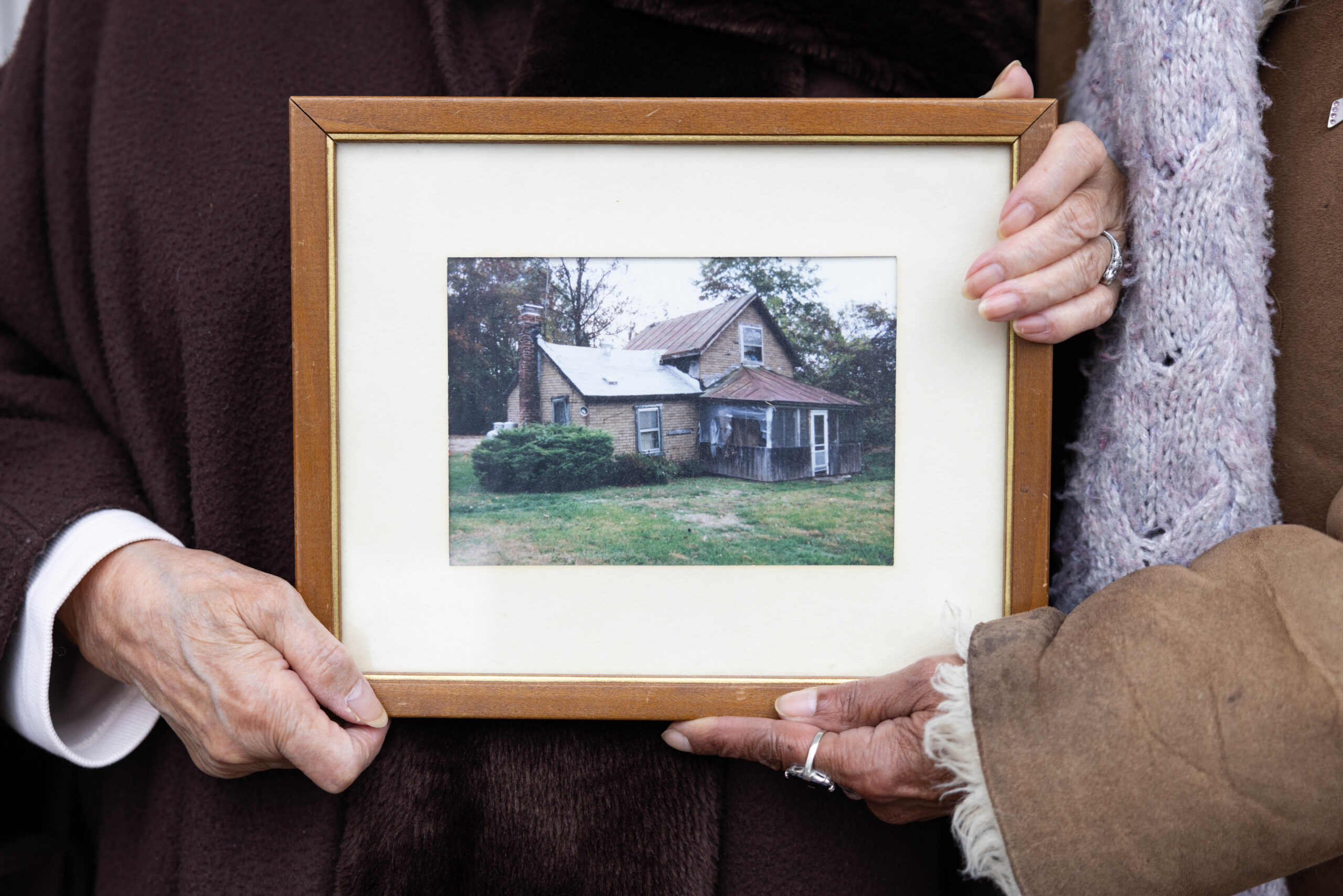
Remembering Rosstown
“We had a juke joint down here — it was called Tuxedo Junction, a little bar kind of thing where they played jitterbug music,” Valerie says. “People would try to sneak a peek in the windows.”
“They’d be playing music, but my mother would never let me go!” Helen remembers from her teenage years. Other nearby businesses included the Browns’ eating house, the Braxtons’ garage, and a barber shop.
In the 1960s when it snowed, plows didn’t come down the Halls’ road. “The men here shoveled us out,” Valerie says, “and one of the ladies gave the men hot chocolate. She kept wood burning to keep the men’s hands warm from all the shoveling.”
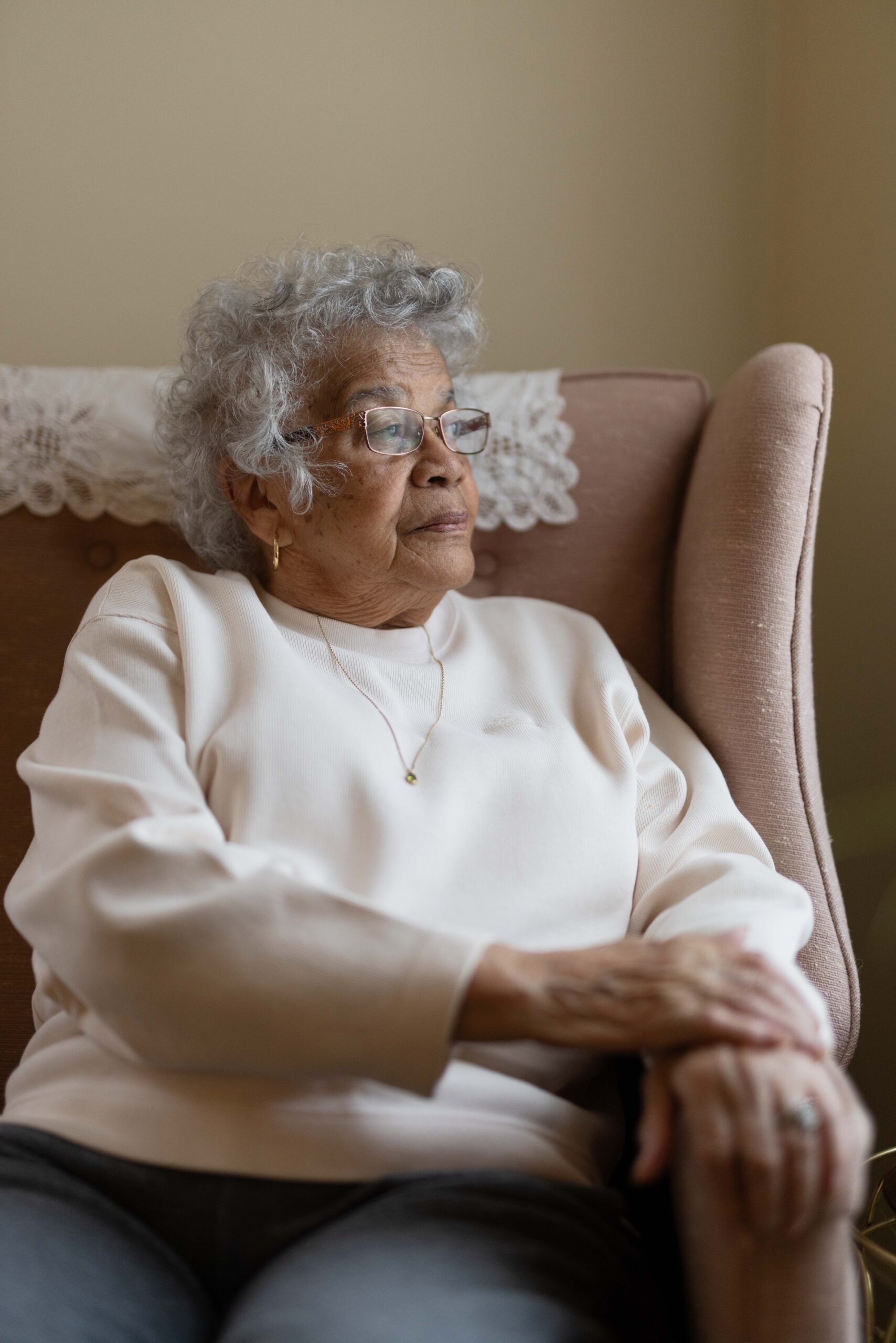
Helen says her father, Hugh Lacey, worked on the railroad for 33 years or more. Her mother, Frances Lacey, wanted to be a nurse, so she caught the train to Freedmen’s Hospital in Washington, D.C. — today’s Howard University Hospital. She earned her midwife certificate there and delivered many babies in the Marshall area. “She brought both Black and white babies into the world,” Helen says. “People would say they were so proud to know she brought them into the world. They loved her.”
Two yellow houses flank the entrance to Rosstown Road, an old gravel lane directly off Route 55. The house on the left was the home of Mary Roberta Ross Brown and her twin daughters. Terry Tibbs, of Middleburg, remembers visiting family there. “I was a little kid, but I remember Helen [Brown]. When I was 6 or 7, I’d play Chinese checkers with them at their house,” Tibbs says. “When we were young, we lived in a house across from Rosstown, but it’s no longer there. My Uncle Kenny lived in Rosstown across from Salem Baptist Church. There was also Aunt Genevieve and Uncle Lester.”
The house on the right belonged to Frank D. Ford, a shoemaker. And the big yellow house at the end of the road down by the railroad tracks? “That’s where my Aunt Virginia [Craig] lived,” Tibbs says. “The railroad tracks are right in front of that house. We’d walk the tracks into town.”
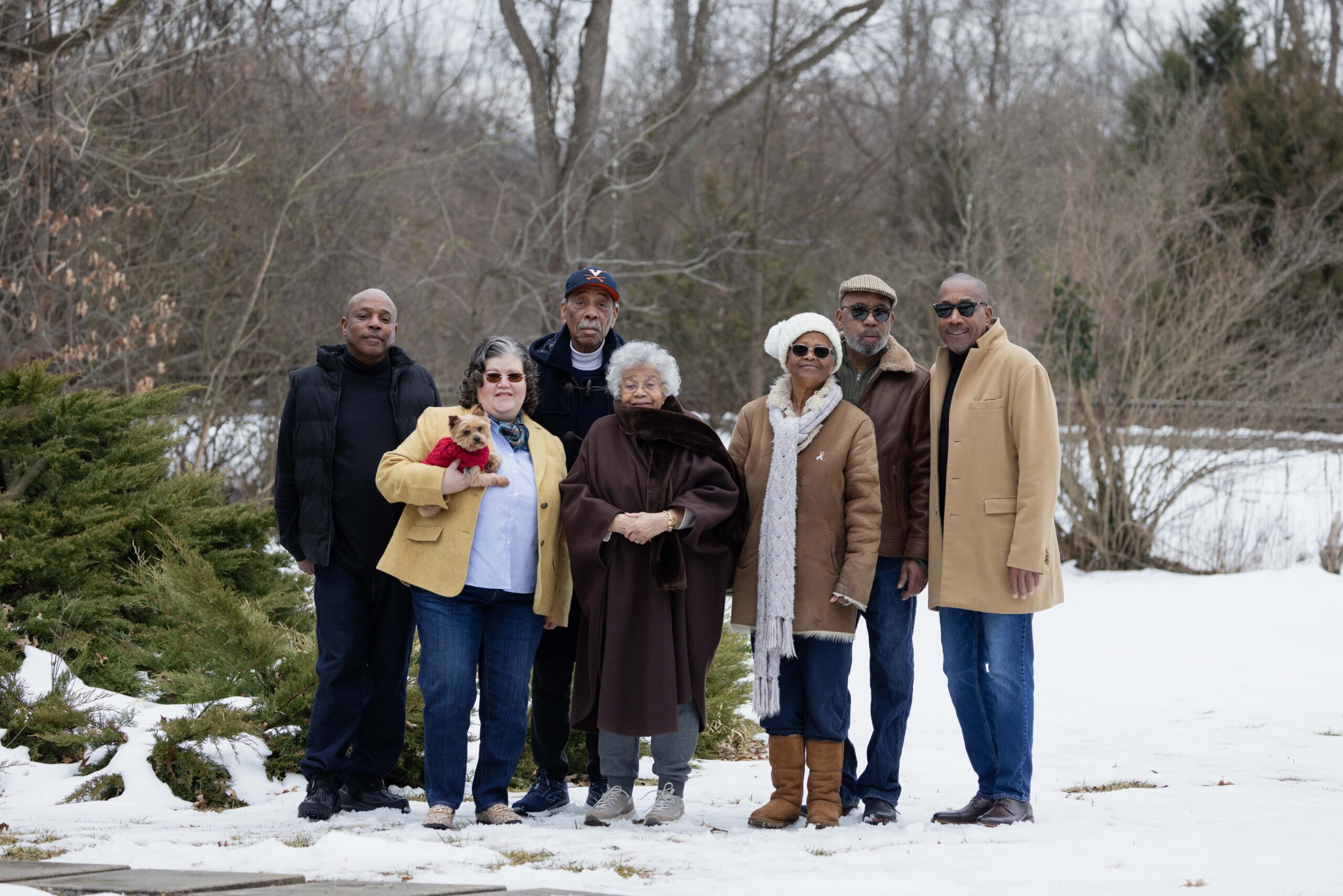
The local school was originally built as Upper Carter’s Run Baptist Church on Winchester Road in 1771. In 1809, it was converted into Salem Academy, which the townspeople affectionately called the “Old Stone Academy.” It was located behind the old Ford Motor Company (today’s Callaway Classics) next to the building where Frank D. Ford maintained his shoe repair establishment. Today, the Old Stone Academy houses The Gott Library, named after John K. Gott, a Marshall native.
First Baptist Church & Salem Baptist Church
At the end of Rosstown Road stands an old stone chimney, the only remains of the former Braxton house. It’s near the railroad tracks on the same side as the Salem Baptist Church, which was first established in 1872. Prayer meetings were initially held in the home of Robert and Mary Ellen Ross, but the church later moved its meeting place to the Old Stone Academy in town.
In 1891, the Rosses conveyed a parcel of their land to the trustees of First Baptist Church. As with many African American communities, this was where Rosstown’s children first learned to read and write. Helen says, “I remember my brother talking about this first church. It was small and had a balcony.”
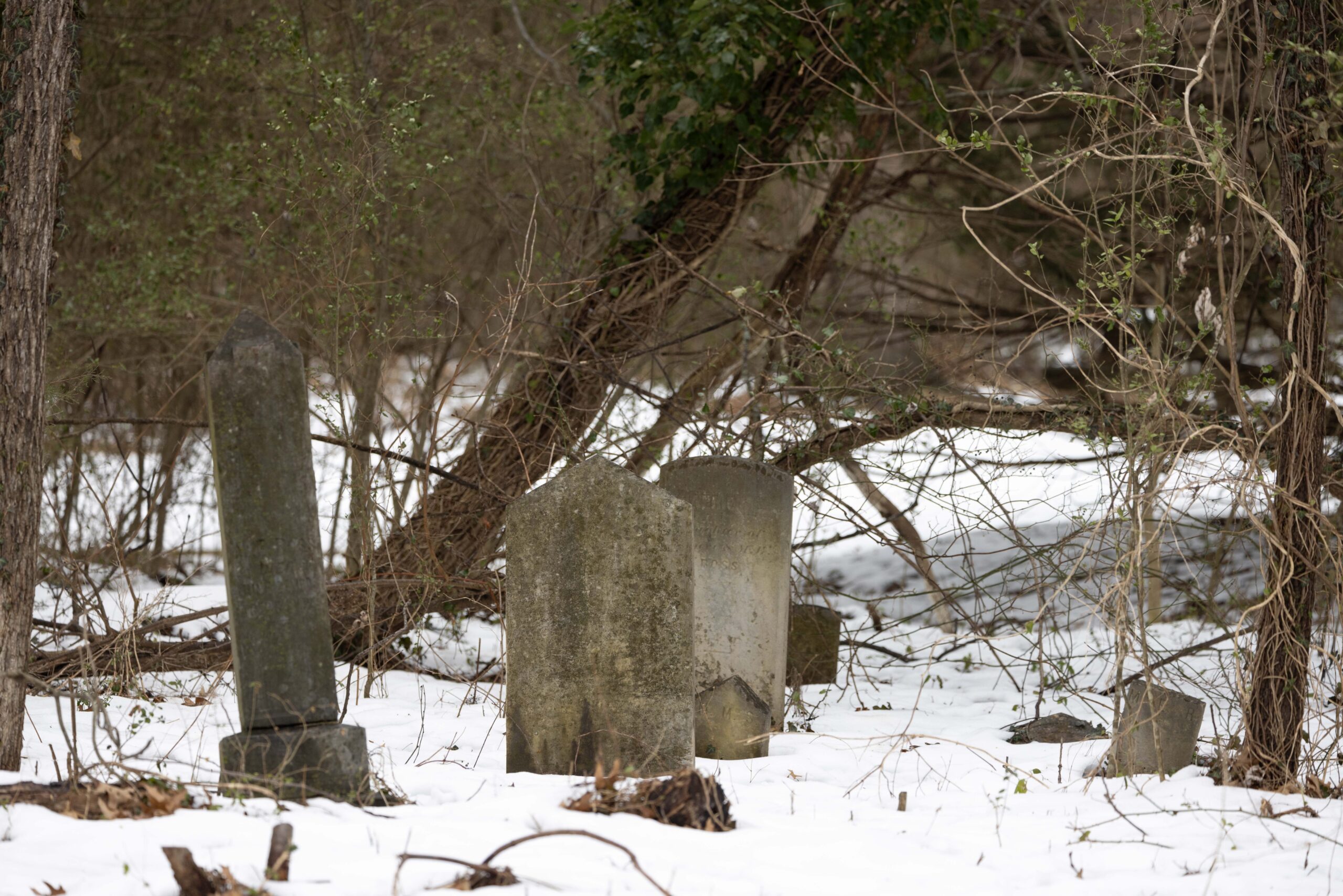
The church no longer stands, but its location is marked by a nearby cemetery, mostly associated with the Ross family. From her house window, Valerie can count six headstones within view. She adds, “My great-grandmother is buried there.”
In 1926, Frank D. Ford and his wife, Grace, conveyed a half-acre lot on Rosstown Road to the trustees of Salem Baptist Church. A small grave plot on the side of the church bears a sign that reads, “Braxton Property.” “There’s only one person buried there,” Helen says. “It’s the grave of Hillery Braxton under the old oak tree. His name was Hillery, but we all called him ‘Buster.’”
The Salem Baptist Church was dedicated on May 12, 1929. Since its opening, the church has stayed in use as the center of this faithful community. Currently, the congregation is led by Rev. Leroy H. Stewart, their ninth pastor.
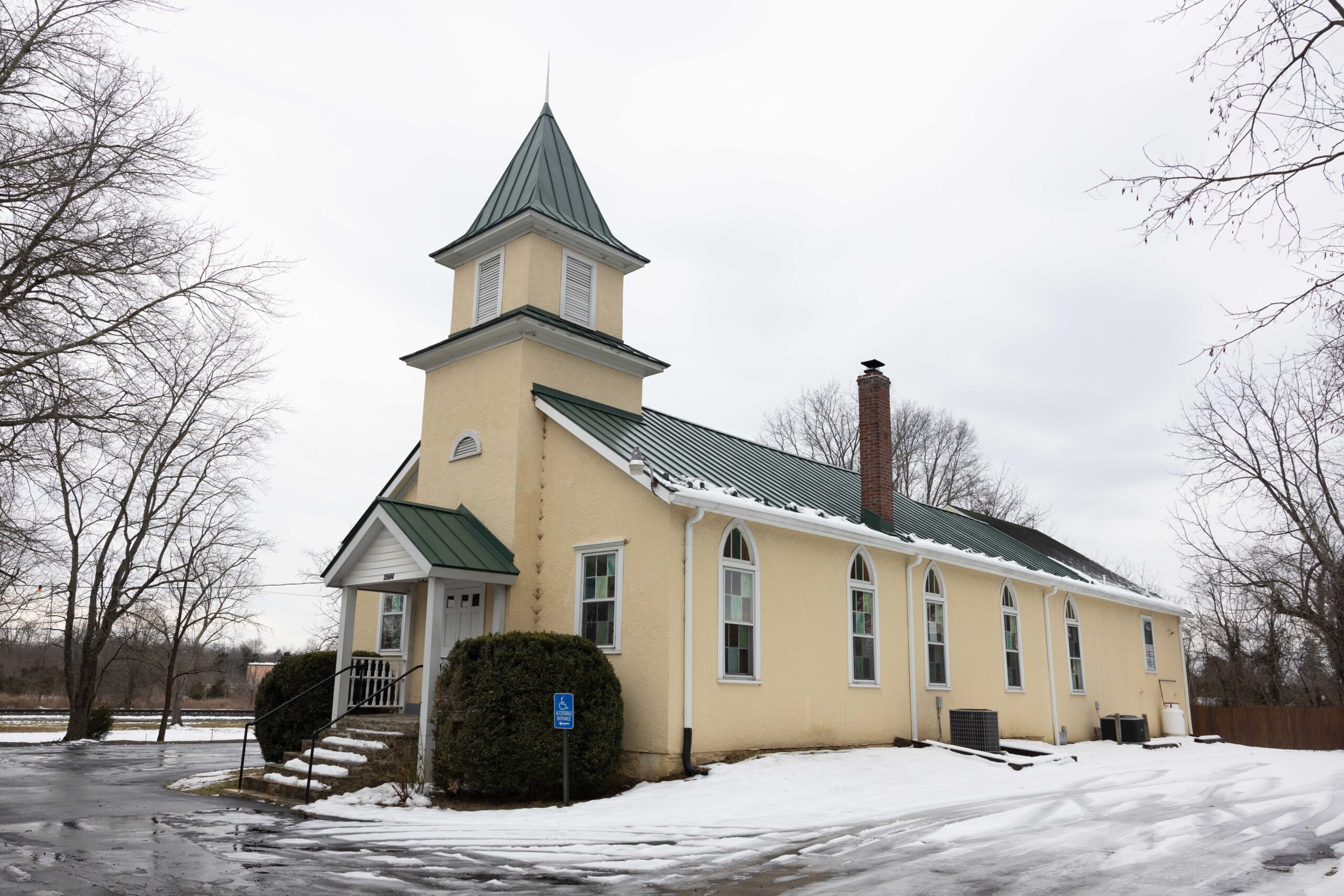
School Days
Helen remembers walking about a mile from her home on Rosstown Road to School No. 18 on John Marshall Highway. The school was originally built in 1887 for local white children, but in 1910 became an ungraded school for Black students.
“I went to School No. 18 until seventh grade,” Helen says. “The first kids who got there had to start the fire in the big, old potbelly stove to warm it up.” No. 18 served the Black community until 1963, when Northwestern Elementary (today’s Claude Thompson Elementary on Rectortown Road) opened as a segregated school for Black students in grades one through seven. For eighth grade and up, students from across the region were bused to the Manassas Industrial School, the only school for Black children in the area.
Rosstown Today
Now, driving by Rosstown Road, passersby can reflect on the longevity of this 19th-century community, which continues to provide connection to the past and historical significance to this day. “It means a lot to the people who still live there and remember it,” Tibbs says. “When I look down the lane, all I think about is family and the history that was. My Aunt Virginia’s house, sitting on the porch, and walking the railroad tracks into Marshall. It’s just all memories…” And for Helen and her daughter, the area is still home. As Valerie says, “My mom and I are the only two originals left.” ML
Published in the February 2025 issue of Middleburg Life.








